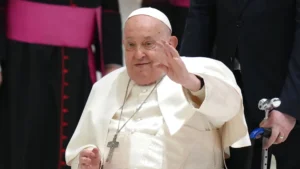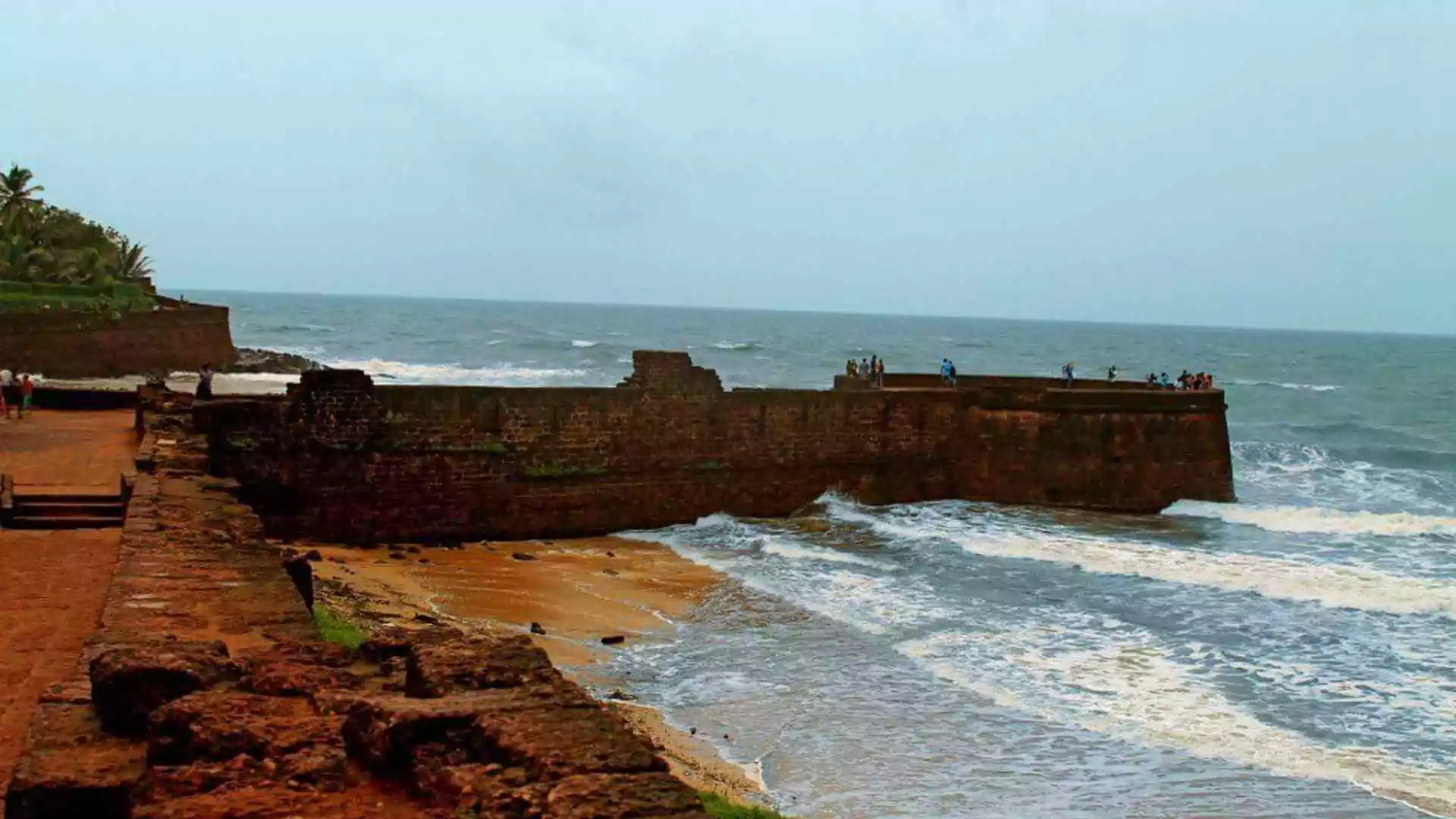President Donald Trump signed an expansive executive order on Tuesday, aiming to reshape US elections administration nationwide, particularly focusing on citizenship verification and mail-in voting regulations.
The order has sparked immediate controversy among voting rights experts, with some questioning whether Trump has the legal authority to implement the sweeping changes. Critics warn that, if enacted, the order could significantly alter how Americans vote and how ballots are counted, potentially leading to voter disenfranchisement.
Mandating Ballot Receipt by Election Day
One of the most contentious provisions of the order directs the Department of Justice (DOJ) to ensure states reject ballots not received by Election Day. This requirement appears to target states with high mail-in voting rates, ranging from California to Alaska.
Election laws vary by state, but no state allows ballots cast after Election Day to be counted. However, some states, like California, accept absentee ballots postmarked by Election Day even if they arrive up to seven days later. Others, like Florida, require ballots to be received by 7 p.m. on Election Day.
Federal courts have weighed in on whether ballots should be counted based on when they are received versus when they are postmarked, but current law does not explicitly prevent states from accepting late-arriving but timely postmarked ballots.
Tightening Voter Registration Rules For US Elections
The executive order also mandates that the Election Assistance Commission (EAC), an independent agency, incorporate proof of citizenship requirements into the national voter registration form. While federal law requires states to accept this form, states are still allowed to create their own registration procedures.
For certain populations, such as low-income individuals, proving citizenship can be a significant hurdle to voting. Given that voter fraud remains extremely rare, critics argue this change is more likely to disenfranchise lawful voters than prevent illegitimate voting.
Another provision empowers the DOJ, with assistance from the Department of Homeland Security, to subpoena states for voter roll reviews to ensure compliance with federal laws. Non-compliant states risk losing federal funding.
Trump: ‘We Got to Straighten Out US Elections’
Trump defended the order as a necessary step to combat voter fraud, a concern often voiced by his supporters.
“Election fraud. You’ve heard the term. We’ll end it, hopefully. At least, this will go a long way toward ending it,” Trump said at the signing ceremony at the White House. “We got to straighten out our elections.”
However, election law experts have long maintained that voter fraud is rare and that existing laws already aggressively prosecute such cases.
Legal experts immediately questioned the legitimacy of Trump’s order, particularly regarding his authority over the Election Assistance Commission.






















